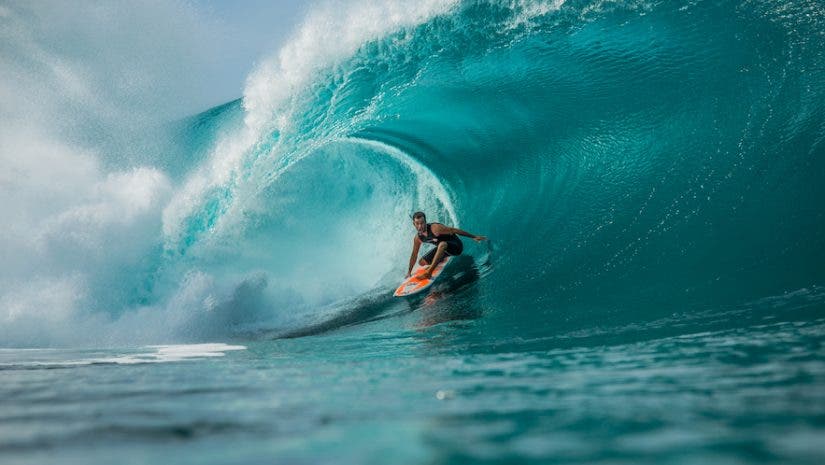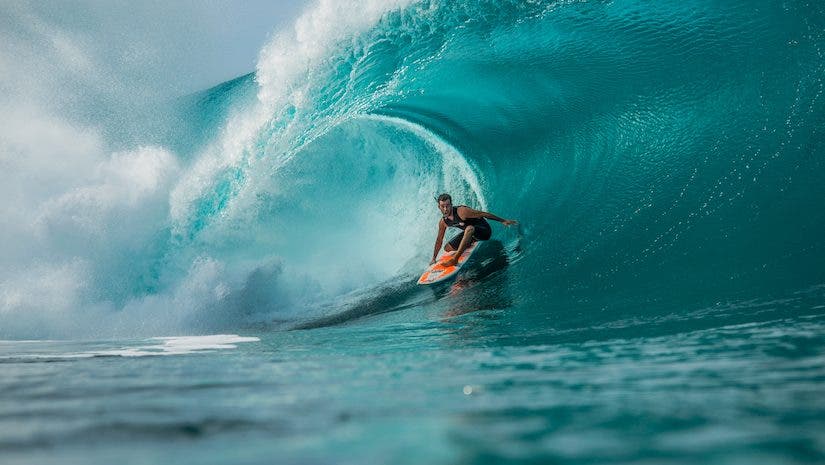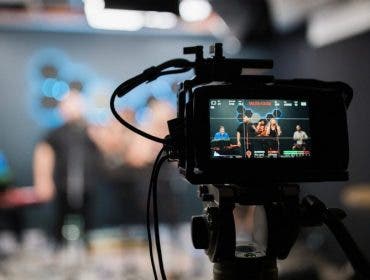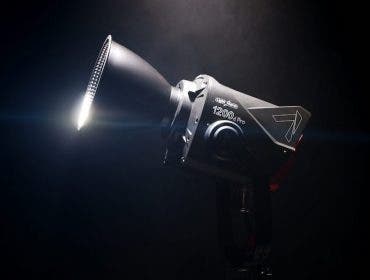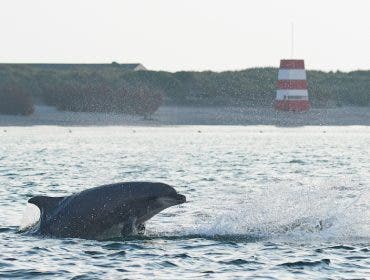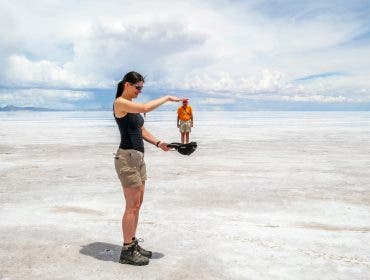Few action sports are as fun and invigorating to photograph as surfing — a fact the recently launched HBO docu-series “100 Foot Wave” makes clear. And, while the best way to start photographing surf is, well, to start, there are a few things to know before diving in head first. What gear do you need for surf photography? And what season is best for capturing surf content?
To answer these and many more “getting started in surf photography” questions, we spoke with well-known surf photographer Maria Fernanda Bastidas, who embarked on her career in 2013. Bastidas, who’s been featured everywhere from Men’s Journal to This Ocean Life podcast, shared her tips and tricks for breaking into the world of surf photography and how you can get started, too — especially with some of the best surfing months hitting soon.
How to start as a surf photographer
Bastidas, based in Mexico, got her start as a surf photographer by traveling to Hawaii as a volunteer with Surfing the Nations, a movement integrating surfing with humanitarian work.
“In Hawaii, I met water photographer and videographer Peter Sterling and he offered to teach me and pass on his knowledge,” Bastidas said.
She returned to Hawaii to train with him again. After that, she got the opportunity of a lifetime.
“One of the most well-known pro women surfers invited me to practice surf photography with her,” Bastidas said. “That was the wake-up call for me to commit and to buy my full gear so I could start taking surf photography more seriously.”
The lesson? Put yourself out there, then naturally network to meet and learn from the right people. The more people know you’re interested in surf photography, the more likely they are to help you turn that dream into a reality.
Invest in proper surf photography gear
Bastidas knew that she couldn’t fully pursue her surf photography career without the right gear. That’s why she invested in quality equipment from the get-go, including her old faithful Nikon D800. She also uses a 24-85mm and 70-200mm lens.
“I always use my fins and, depending on the waves, the dangers, and size of crowd, I would use a helmet or impact vest for protection,” she said. And, when it comes time for filming, she relies on her Sony A6500 with a 16-50mm lens.
How to go from “good” to “great” in surf photography
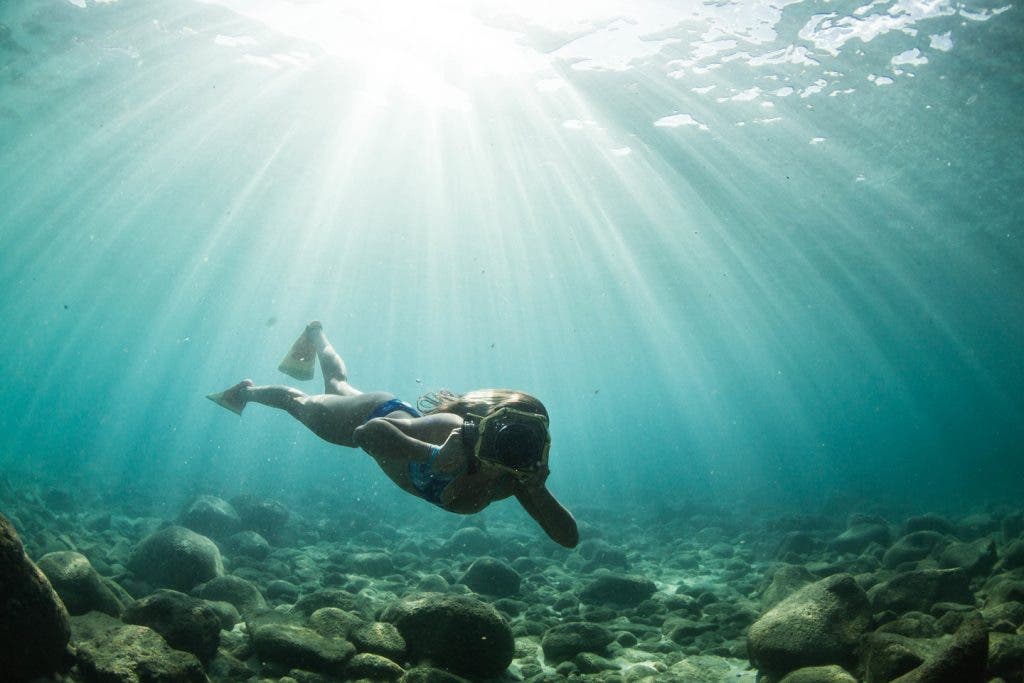
What’s one of the best ways to transition from a good surf photographer to a great one? Learn to love the sport.
“Know the sport, do it for the love and passion of it,” she said. “Loving it and doing it with passion definitely shows in your work.”
It also comes down to practice, she says, and getting out there time after time — knowing fully you will make (then learn from) mistakes.
“Knowing your subject and the wave you’re photographing, and knowing where to position yourself, then anticipating the next moves — not just the surfer, but the waves,” she said. “All this definitely requires a lot of practice and time.”
Safety is key to surf photography
You don’t have to be an epic surfer yourself to embark on a surf photography career. There is one important stipulation: you must learn surf safety before diving in head first.
Bastidas said the biggest mistake she sees in surf photography is not knowing all the dangers of the ocean. She noted that respecting the ocean and understanding that Mother Nature reigns supreme are important lessons you don’t want to learn the hard way.
When is the best time to break into surf photography?
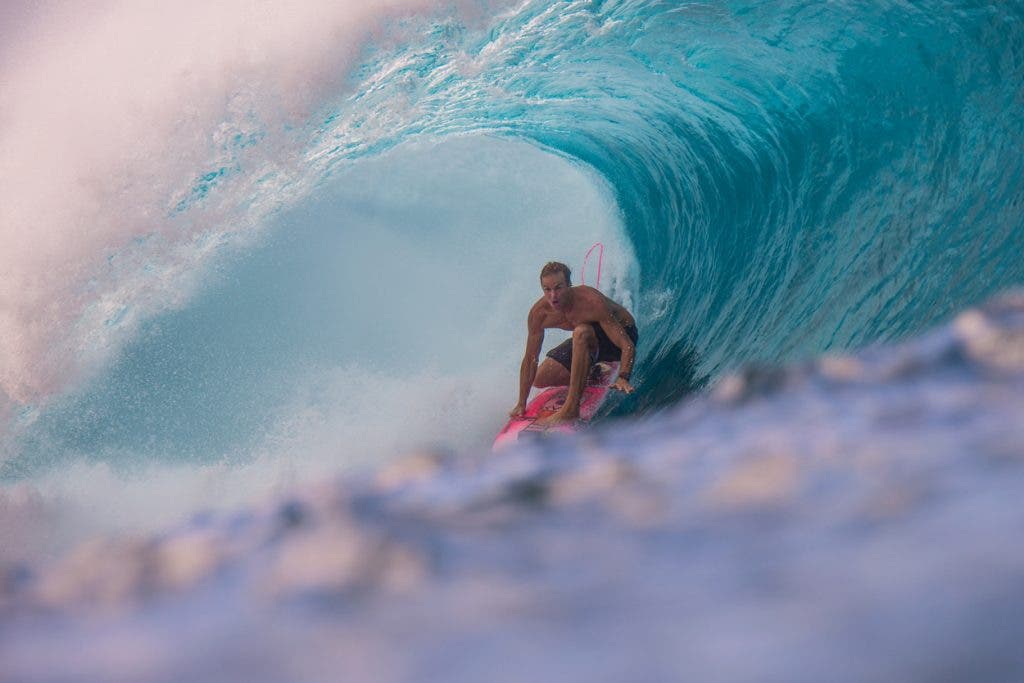
There is no right time to break into surf photography — because the best time is, well, now! And that’s not just a motivational quip. Bastidas says every season is a good season for surf content.
For Puerto Escondido, Mexico — where she’s currently based — and Tahiti, summer is the best season. That’s the time where the big swells bring big waves.
But in Hawaii, California, and Portugal, Bastida mentioned that winter time — from November to February — is the best season because the waves are most consistent.
Long story short? Don’t wait to get started on that surf-photography career because it’s always a good season to break in.
Bastida’s best surf photography advice
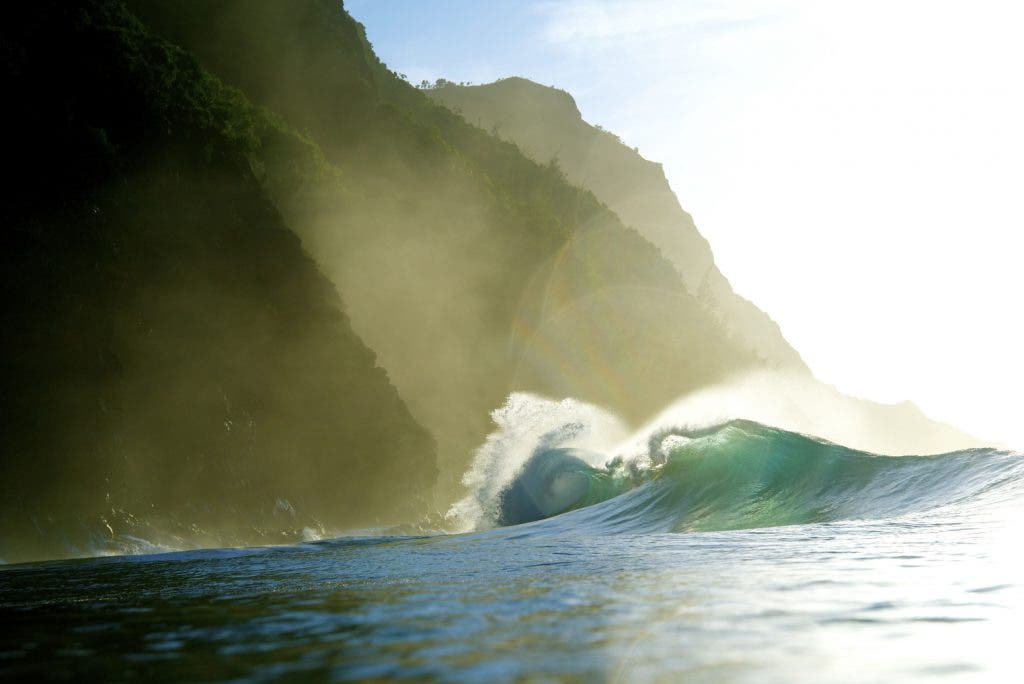
I asked Bastidas what she wished she knew when starting out and her answer is quite simple: study the sport and athletes.
“I would’ve liked to know more about the sport from an early age,” she said. “The position the surfers like to be captured in is so important. It makes a huge difference — the position they’re in at the moment of the photo.”
She wants them to “look relaxed, with a good stance, and show that they’re riding the wave smoothly” because those ultimately are the surf photos that get noticed.
To learn more about surf photography, check out our guide to photographing during a massive hurricane swell. And, to learn more about Bastidas’ work, visit her website at www.mariafernandaphoto.com.
